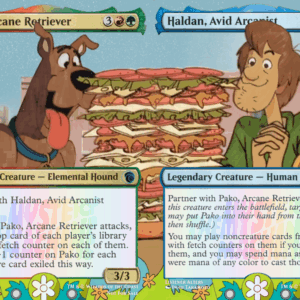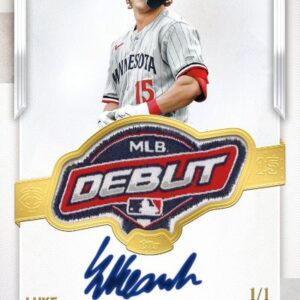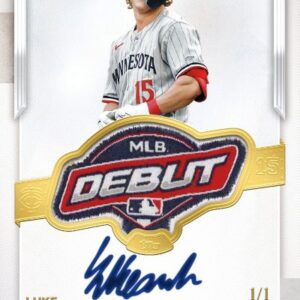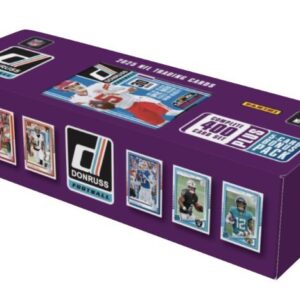The world of Pokémon cards is experiencing a surge so intense it would make a Porygon dizzy. Walk by any big-box store on a Friday, and you’ll likely observe a sight more gripping than a tin of Pringles calling your name from the snack aisle: an interminable line of eager collectors, fiercely jostling for a shot at that elusive foil-wrapped dream. This nostalgic hobby, reminiscent of Saturday mornings spent in pajamas, eating cereal while catching ’em all on TV, has metamorphosed into a frenzied pursuit echoing the sports card bubble of the 1990s. Yet, as prices for some of these cards soar higher than Charizard’s flames, one can’t help but wonder how sustainable this Pokémon trading card game (TCG) boom really is.
The scene at stores on restock Fridays is akin to a Black Friday scramble—complete with elbow bumps and tense shuffles. It’s not just dedicated fans who scramble for the latest packs. Enter the scalpers: new-age treasure hunters with credit cards poised to strike. Armed with little knowledge of Pokémon but dollar signs glinting brightly in their eyes, they’re keen to snatch and snicker their way through shelves, hoping those shiny treasures equate to hefty profits.
For these scalpers, each pack or box represents potential gold. The gamble often takes a heavy toll on their credit limits, all for the hope of profiting from an inflated market. However, their actions leave casual collectors, especially the young and hopeful up-and-comers of Pokémon fandom, out in the cold. These genuine fans often face cavernous aisles devoid of the colorful collection they seek, forced to navigate the chaotic secondary market, where they encounter prices inflated worse than a Jigglypuff’s ego.
The Pokémon Company has tried to satisfy this insatiable demand by cranking their printer gears like a factory perpetually making sweets at Willy Wonka’s tearful bidding. Sets such as “Evolving Skies,” “Crown Zenith,” and special releases like the “Van Gogh Pikachu” promotional cards are spilling into the market. Yet, instead of quenching thirst, this torrent might be setting the stage for an oversupply spillover.
Take the ever-so-noteworthy “Van Gogh Pikachu,” for instance. Despite its marketing allure as scarce memorabilia, there are more graded PSA 10 copies of this limited-time card than there are stars in some abstract anime galaxy, nearly 40,000 in total. This high figure reveals a well-known secret about collectible markets: saturation can kill the perceived value faster than a Bullet Seed attack.
This modern-day yearning for Pokémon TCG echoes the cacophonous crescendo of the late ’80s and early ’90s sports card market. Back then, driven by similar demand-frothing fervor, card manufacturers pumped out products at unprecedented rates. Collectors eventually woke up from their holographic dreams to a grim reality: millions of so-called “rare” items weren’t rare at all, and their value plummeted faster than a Ditto’s transformation speed when faced with an unexpected attack.
All signs whisper a warning: today’s Pokémon TCG market bears uncanny similarities to its sports card forebear’s doomed trajectory. There’s speculative buying rampant enough to make economists twitch, with prices driven by a mix of hype and impulse rather than genuine scarcity. Overprinted sets loom like clouds before a storm, suggesting that a deluge of declining prices could be just around the corner.
The crystal ball for predicting the Pokémon bubble’s burst is murky at best, but indicators suggest that this frenzied crescendo may soon hit a screeching halt. Scalpers, over-leveraged with credit card debts as abundant as a Magikarp school, could panic-sell as prices begin to stabilize or possibly drop. As collectors wise up to inflated populations and the deceptive shimmer of overprinted sets, disillusionment may set in, deflating values further than a Snorlax’s midday nap yawn.
Wise collectors, seasoned by years of cardboard-related highs and lows, have a mantra: tread cautiously, not unlike a Wobbuffet waiting to counter the inevitable. As history might choose to repeat its somber lesson, today’s Pokémon TCG excitement could peter out into tomorrow’s tales of speculative folly. This discourse serves as a reminder that true worth relies less on manufactured scarcity than the genuine rarity which endures through the tides of time and market whims alike.





